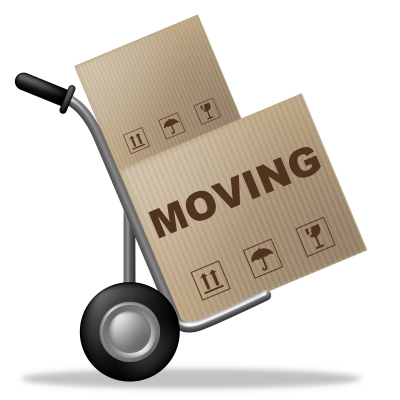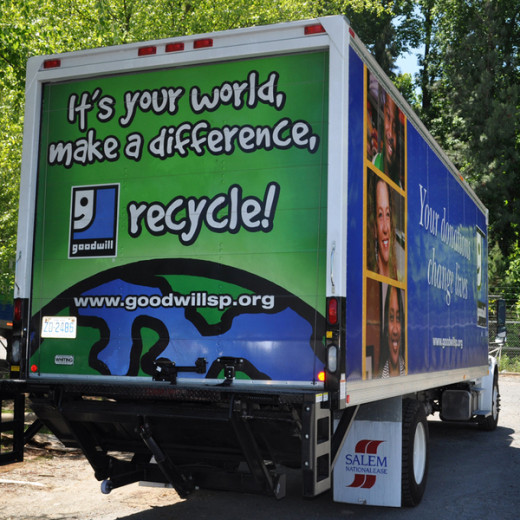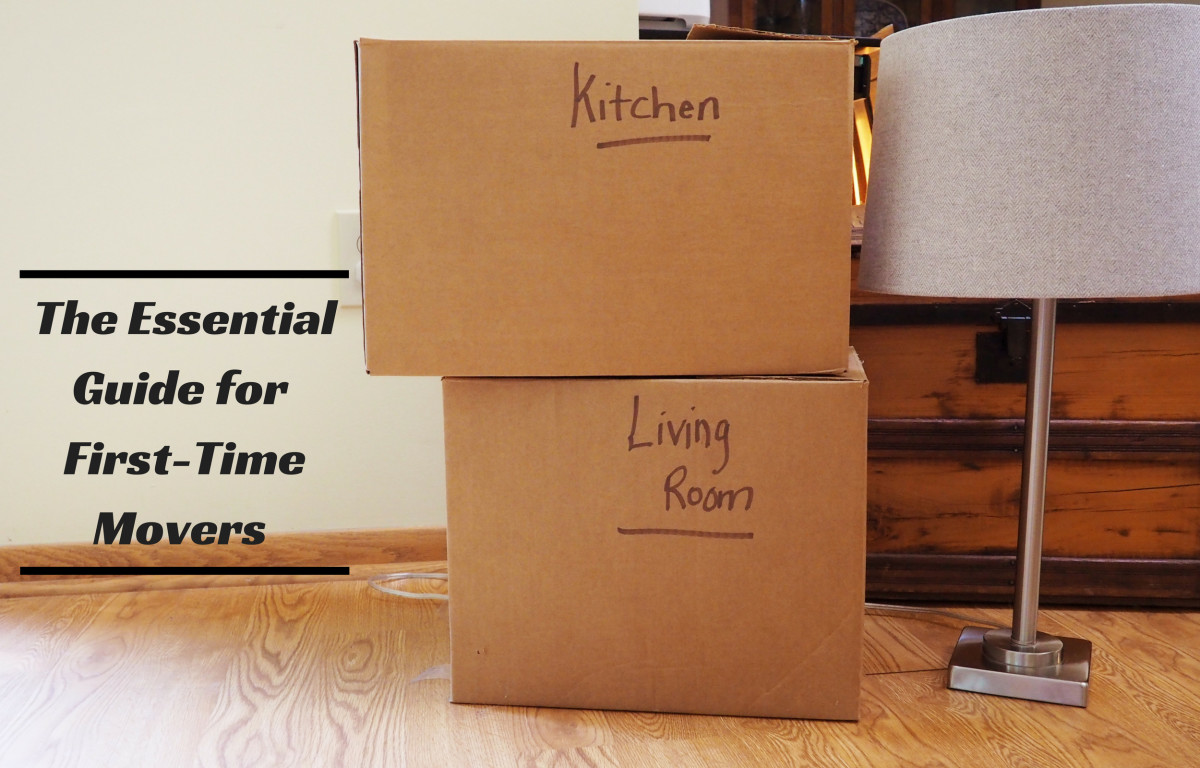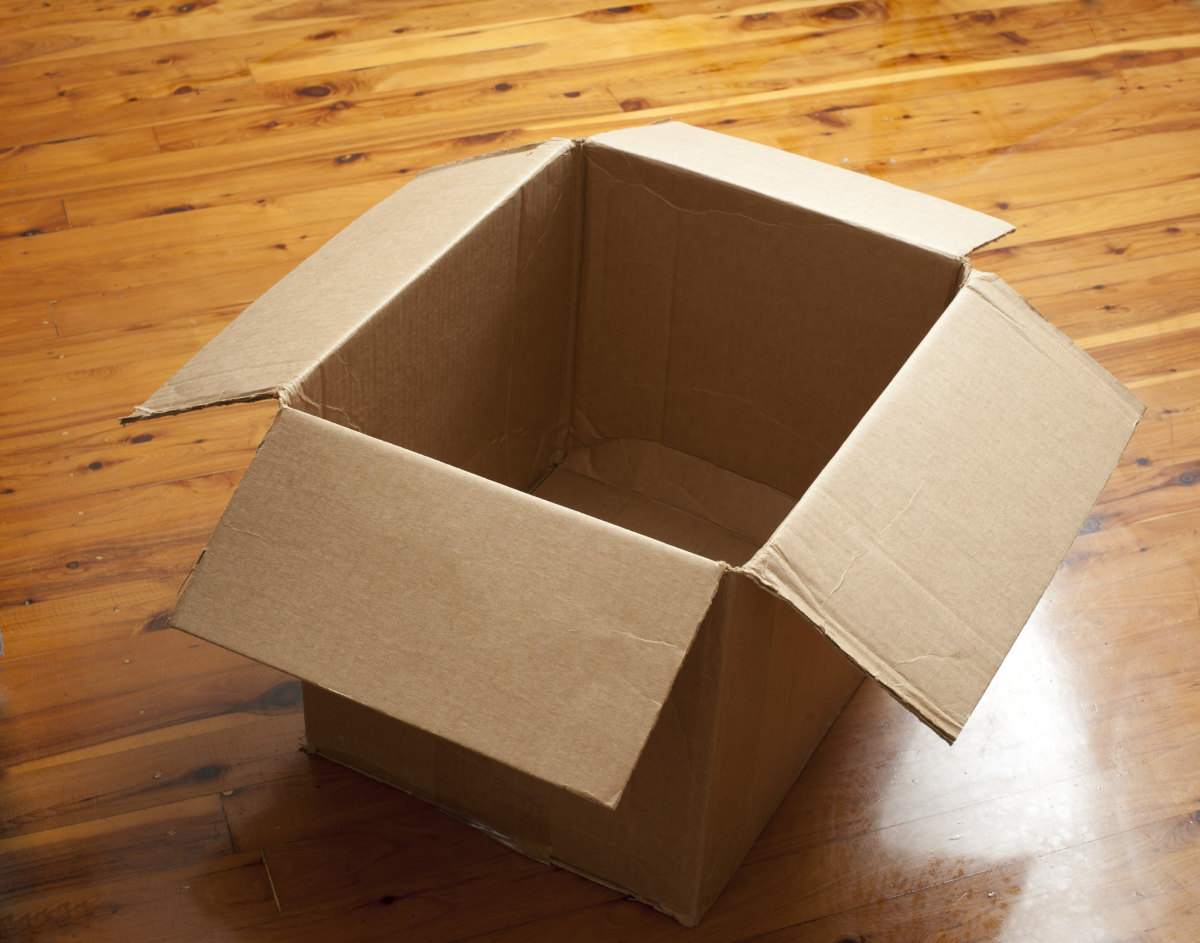10 ways to Reduce the Madness of Moving

While the notion of venturing to a new location can be fun and exciting, the preparation involved with the act of relocating is not. Arranging and packing for a move can be extremely stressful. No matter how hard we try to be organized for that official move date, it seems we are never 100 percent ready when the big day arrives. Below are ten tips on how to reduce some of the angst that comes with preparing to make a move.
-
Thoroughly research in advance which move option is best for you. When it comes to moving, some prefer to pay a moving company to pack, transport, and unload all of their belongings. Others opt to pack and move everything themselves – those who go with this option might rent a moving truck, and then haul and drive it themselves.
However, most people in transit will choose a combination method. For example, some may go with an option where they will pack up the boxes, but then hire out a company to do the physical lifting and transporting. An increasingly popular method many are using is renting a large portable moving container, or pod, that they fill, which will then be delivered to a new location on a designated transporting date. Some pod companies even have options where you can rent out an extra set of muscles to help take apart and load the larger furniture items onto the storage container. Whatever option you choose, you generally are going to pay more for the option that requires less work of you. I strongly advise getting a few quotes to see which option works best for your budget. A final consideration to be made when making arrangements for a move is whether to purchase movers insurance. Despite anyone’s best packing and transporting efforts, something usually winds up broken as a result of a move. If you have a lot of expensive commodities you might want to consider paying extra to have them covered.

2. Create a packing timetable. Once you have your move date established, set up a game plan as to how to go about preparing for your move. You may want to arrange your time by picking a different room to tackle each weekend. Or, you may choose to make a goal of packing a certain number of boxes each day. By creating and sticking to a schedule, this will hopefully alleviate some of the chaos on the actual day of the move.
3. Use family and friends for help. Having to do all the packing and hauling on one’s own is a huge undertaking. To ease the burden, I highly recommend seeking the assistance of family and friends. If you have young children of your own, having trusted adults babysit your children is a great way to increase your productivity in getting some packing done. In addition, having someone watch your kids for a few hours on the actual day of the move can be extremely beneficial. Having to try and keep an eye on your kids – who will probably be amped up on move day – while movers are entering and exiting your home can make an already frenzied day much more stressful.
If you are fortunate enough to have others help you with your move, you may want to repay them by letting them take something home from your pantry or kitchen cabinets. For example, giving these assisters a bottle of wine is not only a nice gesture, but it will mean one less thing to pack!
4. Donate! Before you start packing, set aside a large box (or two, or three) of items you can donate. Having less to stow away will make your life easier, and be of great use to those in need. It is a good idea and try to do this earlier in the preparation process if you wish to try and get a donation center to drive over to your home to collect the donated goods. Some places may need to schedule their pick-ups two weeks or more in advance. Otherwise, other donation centers have an easy “drive thru” drop off area where an attendant will unload donations from your car, without you having to get out. Regardless of how you donate, or which agency you donate to, don’t forget to obtain—and keep track of –the receipt, since most household donations are tax deductible.

5. Label, label, label! As you start packing, you may think you can memorize which of your contents are in which type of box. However, after you pack 50 boxes or so, it is very easy to lose track. After a move, trying to determine which box contains your beloved coffeemaker can be virtually impossible when staring at a sea of boxes before you. Therefore, it is highly advised to label the contents of each box. I would even go one step further and label the room the contents came from as well. This way you and your movers will know where to place the box in your new abode. You will have enough work to do unpacking your boxes; you don’t need to deal with an added bonus of carting pots and pans back downstairs that had been delivered to an upstairs bedroom.
6. Find out where you can take your old electronic junk. Most people these days have old electronic equipment lying around their home. Old TVs, computer equipment, cell phones, and video games consuls are typically cast to the back of one’s closet or basement in favor of newer models. But a move faces us to deal with these previously prized electronics and to decide their future fate. Chances are you haven’t played with that Call of Duty game in the last ten years, and you probably won’t play with it in the next ten years – no matter how much you loved it. It is now your duty to discard. While some donation centers will take those old electronic gadgets off your hands, many will not. Instead of throwing these away (and this can be illegal in many states) consider recycling your old electronics. There are drop off centers all throughout the country and you might be able to find one by checking out www.allgreenrecycling.com. Whether you donate or recycle your old electronic devices, you should always make sure to delate all of your personal records and data information.
7. Buy used boxes. The money invested in a move can quickly add up – before any of your items are even transported. Buying brand new boxes along with the packing material can be very costly if you are buying these items from a home improvement store, especially if you find yourself doing multiple trips there. To save some money you may want to consider purchasing used moving boxes instead. These are usually available at a moving store. If you do have a company transporting your goods, such as Atlas, you may want to call their local store and see what they have on hand. Yes, you might have to re-label a box that says, “Bob’s special drawers,” but the savings will make it worth it. You will most likely find this is especially the case with specialty boxes such as wardrobe boxes, or ones for glass frames, dishware, and flat screen TVs. These specific boxes do a much better job of transporting and protecting the respective items, but can definitely be on the expensive side if purchased brand new.
8. Wardrobe boxes – When it comes to packing up a closet of clothes, wardrobe boxes are a great way to go. They are a bit more expensive than a regular box, but in the end they will save you a ton of time since you won’t need to take the hangers out of your clothing. Also, by allowing your clothes to stay hung, rather than cramming them in a box, you will have the benefit of them looking nice when you pull them back out. An extra bonus of the wardrobe box is the extra storage space at the bottom; large, fragile items can be stored here will automatically be protected by a buffer of clothes on either side. When moving, I have found the wardrobe box very convenient for transporting things like table lamps, artwork, and larger picture frames in-between sets of pants or shirts. The major downside of these boxes is they are extremely heavy to move once filled, so make sure you have a dolly on hand.
Pack up your closet easily in a Wardrobe box
9. Plan extra time for the kitchen. Typically, the kitchen is one of the hardest rooms in the home to prepare for a move. The glassware, dishes, pantry and refrigerator of food, pots and pans, junk drawer (drawers, for some of us) all contribute in making this room very difficult to pack up. Additionally, because the kitchen is used on a daily basis, many people save this room for last. Trying to get the kitchen ready when you are already feeling hectic can be a huge burden. This is one room that can definitely eat away at your time. To lighten the load, I would try to focus on eating what you have stored in the freezer and pantry two weeks before move time, rather than shopping. In addition, use any paper plates and cups you have for dining the last few days prior to moving. Having less to store and throw out will make this room easier to manage.
10. Find out where your local dump is. You can pack, you can donate, but at the end of it all, you still may have a ton of crap on hand that you simply have to get rid of before your official move time. And if you have new buyers coming into your house, they probably wouldn’t appreciate a house-warming present of a mountain of trash sitting at the end of the driveway. Hence, be sure to find out where the dump is and how much they charge. You may want to make a note of their hours of operation as well, since they might not be open at 2:00am while you are crazily racing against time for a move the next morning.
Even though the process of moving is one of the most stressful processes of life, don’t forget to breath. It will be over soon enough and you can hopefully enjoy setting up and getting to know your new home. And speaking of new home, don’t forget to notify the post office of your new address!









